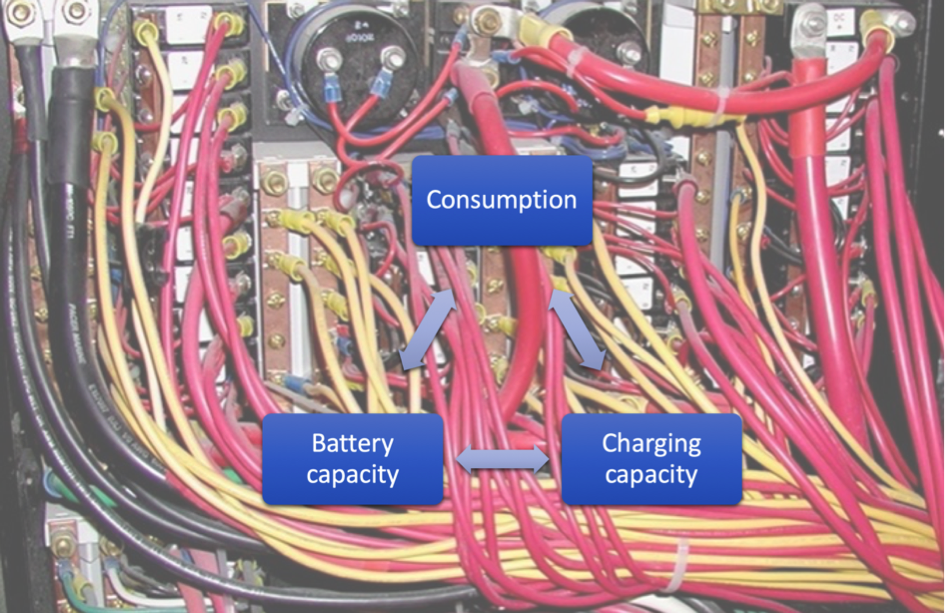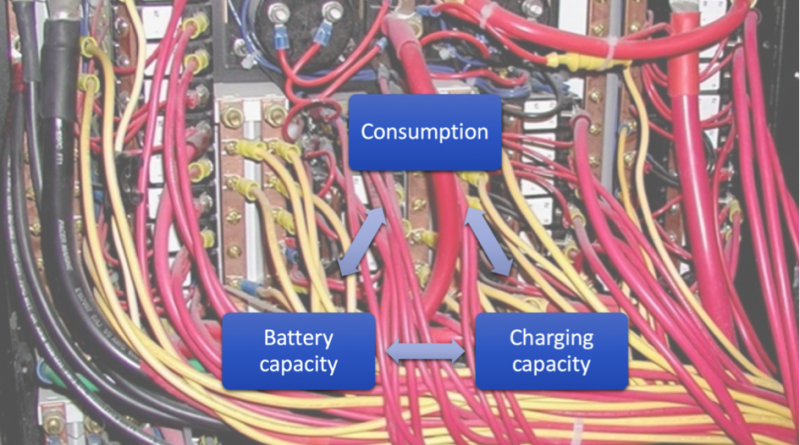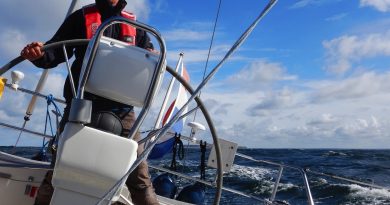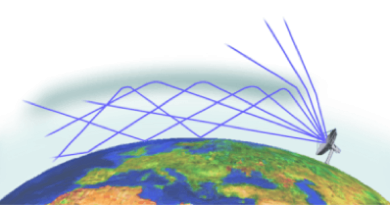RYA-tips #28 – Blue water sailing – boat electrics 1
Zeilen is een combinatie van wetenschap en kunst. En voor wie daar meer over wilt weten schrijft Albert De Nijs, instructeur bij de De Zeezeilers van Marken wekelijks een rubriek met tips&trics van de Royal Yachting Association.

On coastal trips you can afford to run a deficit on your domestic batteries, because you’ll probably use the engine the next day, and/or connect to shore-power. When anchoring or on longer trips you need to balance your daily power consumption.
Consumption, storage (batteries), and charging are the 3 fundamental elements of the boat-electric system. We will discuss them shortly.
Consumption
The first step is a load analysis, how much energy you are using per 24 hrs. We will take a look at the cruising situation, at anchor the loads will normally be lower.
For a 12V system it is easiest to work with Amps. A laptop of 30 Watt uses 2.5A at 12V, when left on for 24hrs that amounts to 60 Amp hours (Ah). Fridges, freezers are power hungry, but run only part of the time, while the autopilot might be on continuously. For all installed equipment you need to find the Amps and estimate the usage/24 hrs to find the total Ah per 24 hrs. A modestly equipped 40ft yacht uses typically about 150Ah per 24hrs.
Battery capacity
The capacity of batteries is also expressed in Amp hours (Ah), the amount of current a battery can supply over a known period. A 120Ah battery can supply 10A for 12 hrs or 5A for 24 hrs until completely empty. To express how ‘full’ a battery is, SOC (State of Charge) is often used. A battery is normally only discharged to 50%, so the usable capacity is only half of the nominal value. Since batteries deteriorate over time, normally a margin (25%) is added.
If you want to charge once daily, you need to store the required 150Ah. As you don’t want to discharge your batteries below 50% SOC, a 40ft yacht would need a battery bank of at least 300Ah to supply those 150Ah, and with some margin maybe even 400Ah.
Charging capacity
In order to balance this consumption, you’ll have to put those 150Ah back in the batteries, the charging part. Running the engine to charge the batteries with the alternator is one possibility.
Solar and wind charging is another option. A 120W solar panel can supply around 60Ah (10A for 6.5 hrs) in optimal conditions. Wind turbines rely on apparent wind. With downwind sailing or a sheltered anchorage, the output is around 4-5A, but available for 24 hrs, so supply is around 100Ah. Together this could (just) balance our 150Ah daily usage!
The high-end solution is a generator to quickly (and quietly) charge the system.
We briefly discussed (and overly simplified) boat electrics. In the next article we’ll explore the possibilities to minimise consumption and optimise batteries (storage) and charging possibilities.
Albert de Nijs, Dutch Offshore Sailing Academy




